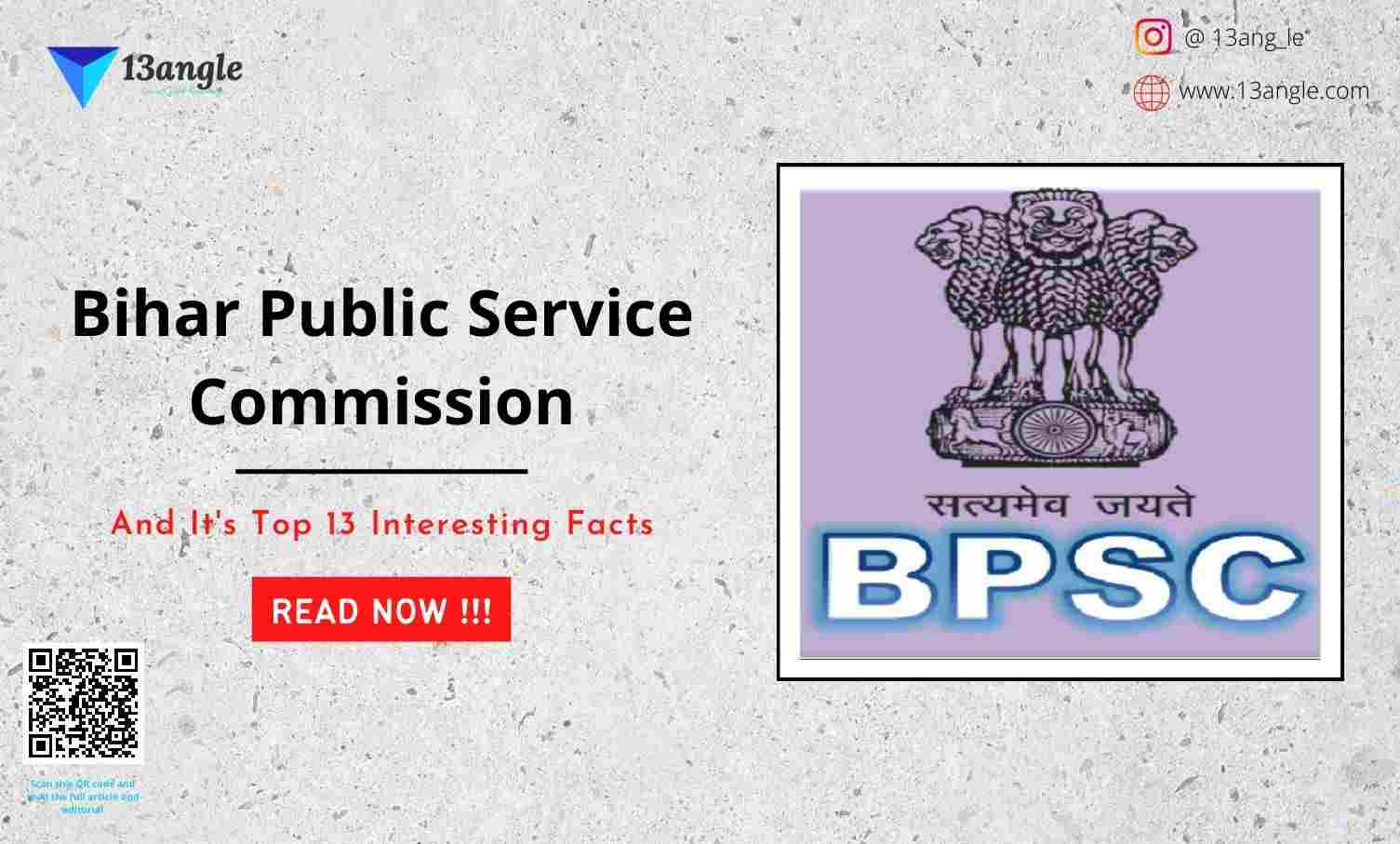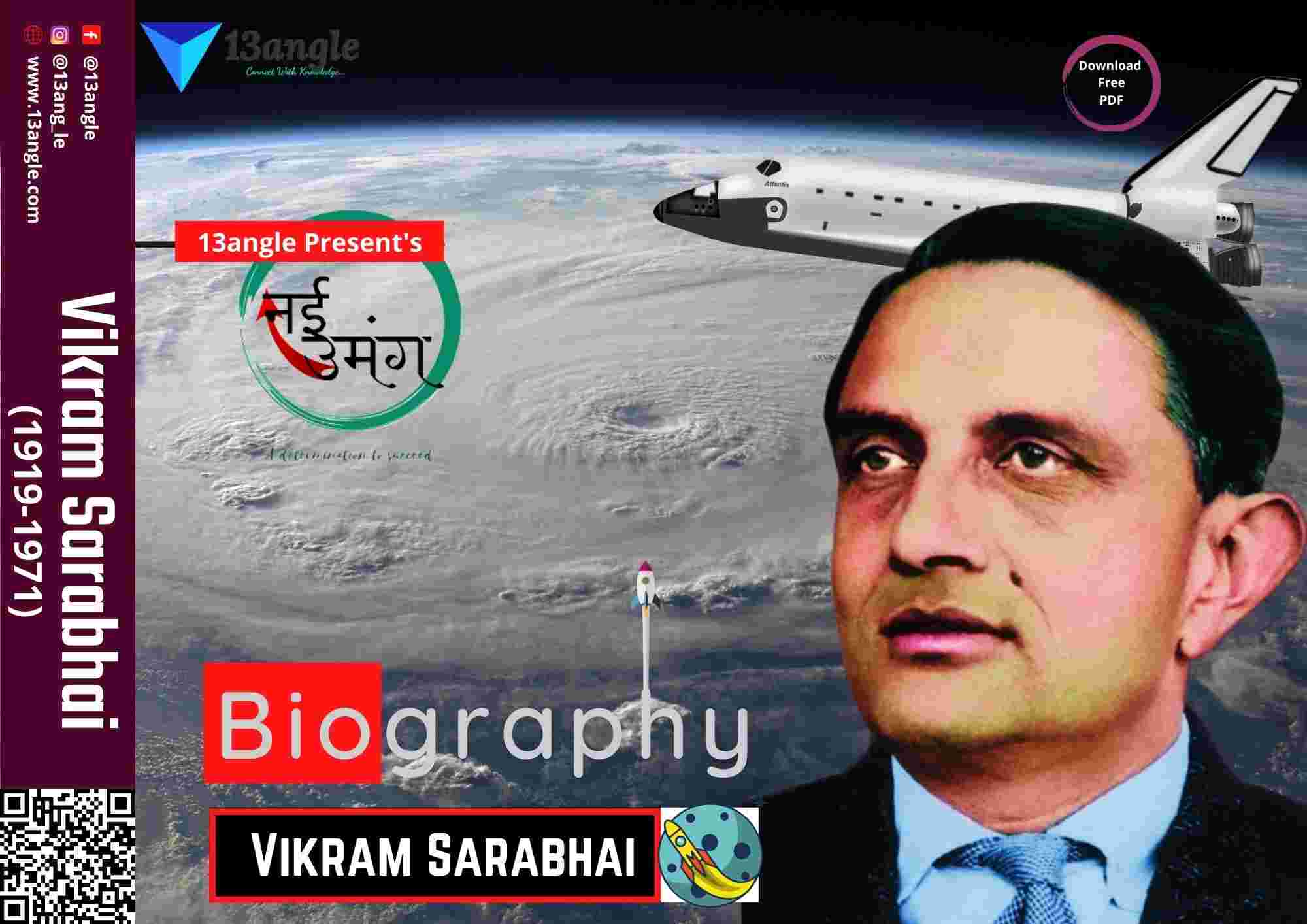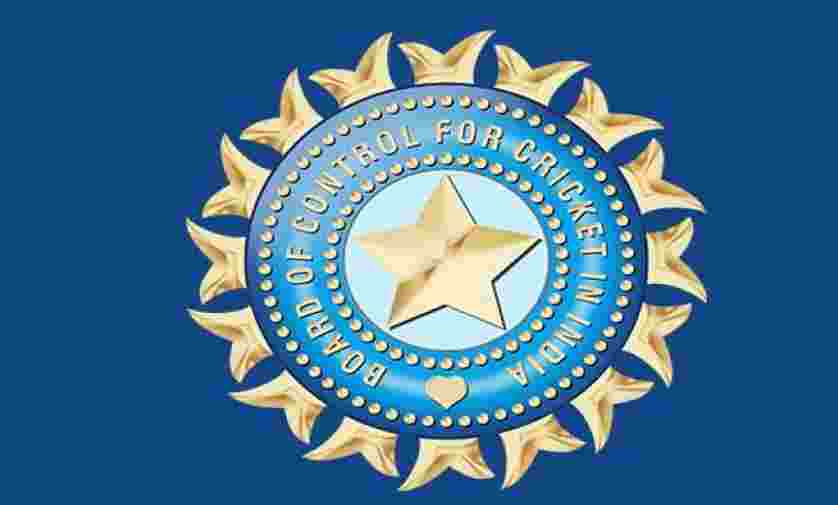
Introduction
The Board of Control for Cricket in India (BCCI) was set up on December 4, 1928, by a group of players at Delhi’s Roshnara Club to end the British monopoly in cricket. BCCI had six regional bodies as its first members. Today it has 30 full-time members and is worth Rs. 3,308 crore.
Neither does the BCCI follow a structure like other sports bodies in the world nor does it have a corporate environment. It does not follow the laws of corporate governance either. The board functioned from the residence of whoever was the President till 2006. It used to be headquartered in a small one-and-a-half-room office near Mumbai’s Brabourne Stadium. Today, the BCCI is housed in the spanking stone-and-glass Cricket Centre at the Wankhede Stadium.
The BCCI’s moment of transition came in November 1991, when the South African cricket team toured India, their first international assignment after a 21-year ban for apartheid. The BCCI, from this tour, earned its first TV rights when the South African Broadcasting Corporation paid the BCCI to broadcast an India series by a foreign firm. Today, the BCCI is worth over Rs 3,000 crore and its arrangement with the ICC, the international cricket body, only makes it richer. Under the current revenue-sharing model, BCCI gets close to 3-4% of the surplus earned by ICC. It may go up as it is likely to get 21-22% of the gross revenue over the next six-eight years. If the ICC earns anything between $2.5 and $3.5 billion, reports say that BCCI may be expected to get $550-770 million over the eight years.
It controls all tournaments inside and outside India. It has the authority to select players, umpires, and officials to participate in international events. The BCCI officials are elected by the representatives of state cricket associations. BCCI is headed by the president which is the highest designation in BCCI. Its current president (as of July 2017) is Vinod Rai. He is the former Comptroller and Auditor General of India (CAG). The logo of BCCI is derived from the British Indian flag during the colonial period.
History
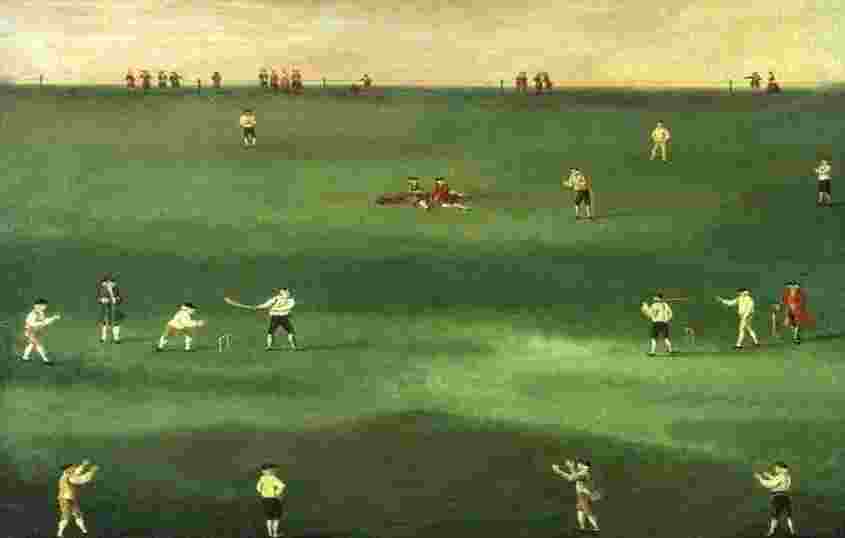
At the outset, there is nothing significant about the year 1721, as far as India’s political history is concerned. Aurangzeb, the sixth of the great Mughals, had passed away in 1707, and the Empire he and his forefathers had built, had started to disintegrate. The Marathas were gaining in prominence, and in the process of knocking hard on the doors of Delhi. These were prominent happenings; what was peripheral was that ‘merchants’ from England and France had established ‘settlements’ in select areas of the subcontinent, and were going about their business of trade.
The sea route being the sole link between them and their respective homelands, most of these settlements were situated in the coastal areas of the Indian peninsula.
It was sometime in 1721 that a British ship dropped anchor off the coast of Kutch in western India. The recreational activities the sailors indulged in on the coast elicited curious reactions from onlookers. One of the sailors, who answered to the name of Downing, recalled his time on the Kutch coast in his memoirs thus: “We everyday diverted ourselves with playing cricket and other exercises”
This is the earliest recorded reference to cricket in India.

As the merchants metamorphosed into rulers, they continued to demonstrate their recreational pursuits on Indian soil. The British army took on the English settlers in what was the first recorded cricket match in India in 1751.
The establishment of the Calcutta Cricket Club (what we know today as CC & FC) in 1792, was another watershed for the sport in the land. It is the second-oldest cricket club in the world, after the MCC (1787).
Ten years after its inception, the CCC organized a match between its team and the Old Etonians. The highlight of the game was Old Etonian Robert Vansittart’s hundred. It was the first ‘recorded’ century on Indian soil.
That game was watched by the locals, as were other encounters that took place elsewhere.
Evolution Of BCCI

1911 witnessed the first-ever tour of England by an ‘All-India’ team. Sponsored and captained by the Maharaja of Patiala, the team featured the best cricketers of the time. The top performer was the left-arm spinner Baloo Palwankar, who bagged over a hundred wickets. It was a memorable performance in more ways than one. A member of the so-called ‘untouchable’ segment of the Hindu society, Baloo underwent many a reverse early in his life. However, merit eventually superseded all the other factors, and Baloo went on to become the premier member of the Hindu side. He also captained them for several years in the annual Quadrangular.
An all-rounder from Nagpur made his first-class debut in the 1916 edition of the tournament. He batted at no. 9 in his first game against the Europeans and got off the mark with a six. As the years passed, the young man gained prominence as a flamboyant batsman and inspirational captain.
The outbreak of World War I prevented visits by cricket teams from England to India in the 1910s. It was in 1926, eight years after the end of the War, that two representatives of the Calcutta Cricket Club traveled to London to attend a couple of meetings of the Imperial Cricket Conference.
Arthur Gilligan, who had captained England in the 1924-25 Ashes, was one of the active participants in a meeting in Delhi in February 1927. The Maharaja of Patiala, a British businessman named Grant Govan, and Anthony De Mello were the other attendees. Gilligan expressed his praise of Indian cricket and promised to press for India’s inclusion in the ICC if all the promoters of cricket in the land came together to establish a single controlling body.

Govan, Patiala, and De Mello in turn assured Gilligan that they would do their bit. They convened a meeting in Delhi on 21st November 1927, which was attended by around forty-five delegates. These comprised cricket representatives from Sind, Punjab, Patiala, Delhi, the United Provinces, Rajputana, Alwar, Bhopal, Gwalior, Baroda, Kathiawar, and Central India.
Govan and De Mello visited England in 1928, where they made out a case on India’s behalf in front of the ICC. Their deliberations were satisfactory, but it turned out that their efforts had not been complemented in their absence. In late 1928, only six associations – Southern Punjab Cricket Association, Cricket Association of Bengal, Assam Cricket Association, Madras Cricket Association, and Northern India Cricket Association – had been formed.
The Provisional Board met in Mumbai in December 1928 during the Quadrangular tournament, to discuss the next course of action. It was at this meeting that Govan and De Mello prevailed upon the others to reconsider the decision taken at the previous year’s meeting. They did not want India to miss out on the opportunity to host South Africa in 1929 and tour England in 1931!
Their persistence paid off. The Provisional Board was deemed to have finished its work, and the Board of Control for Cricket in India was established. Govan was the first President, and De Mello the first Secretary. Five months later, the ICC admitted India as a Full Member.
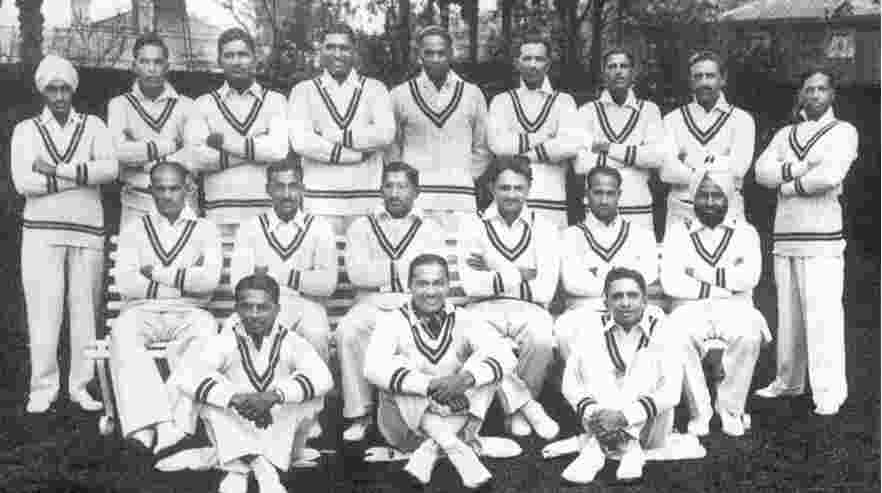
‘Team India’ underwent a ‘baptism by fire’ from 1932 to 1952 before opening its account in Test cricket. The fifth and final Test of the 1951-52 series against England at Chennai was won by an innings and eight runs. A year later, the Indian cricketers registered their first-ever series win against compatriots-turned-foreigners Pakistan.
India first won a Test series abroad in 1967-68, when the New Zealanders were beaten 3-1 on their pitches. Three seasons later, the Indian team went several steps further, winning back-to-back series in the West Indies and England.

The country’s unexpected triumph in the World Cup in 1983 under the captaincy of Kapil Dev emboldened the BCCI to bid for the 1987 World Cup along with its Pakistani counterpart. It was the first time anyone had even thought of staging the competition outside England. After this victory, BCCI bid to host the 1987 World Cup and organized it successfully showing that the board has good organizational capabilities.
According to Information Commissioner Sridhar Acharyulu, BCCI’s logo ‘Star of India’ is derived from the British Raj in 1928.
Further Development Of BCCI
With the development of cricket in India, BCCI was also criticized for its monopolistic practices and suffered from corruption allegations. On 30 January 2017, The Supreme Court nominated a four-member panel Committee of Administrators- Vinod Rai, Ramachandra Guha, Vikaram Limaye, and Diana Edulji to supervise the administration of the BCCI to implement Lodha Committee reforms, which was led by Vinod Rai, former CAG of India. At present, Sourav Ganguly is the president of BCCI.
On 9 August 2019, the BCCI agreed to the anti-doping mechanisms governed by the National Anti-Doping Agency.
BCCI has 27 state association members and 3 nonplaying members from all 5 cricket zones in India. These 5 cricket zones are:
- North Zone
- South Zone
- East Zone
- West Zone
- Central Zone
- The support staff of the Indian Cricket Team consists of:-
- Head coach – India Ravi Shastri
- Batting coach – Vikram Rathour
- Bowling coach – India Bharat Arun
- Fielding coach – India Ramakrishnan Sridhar
- Women’s coach- Woorkeri Raman
- Trainer – Nick Webb
- Physiotherapist – Nitin Patel
- Manager – Girish Dongre
Tournaments Conducted By BCCI
- BCCI conducts the following tournaments in India:
1. The Indian Premier League (IPL) is a professional men’s Twenty20 cricket league, contested by ten teams based out of Ten Indian Cities. The league was founded by the Board of Control for Cricket in India (BCCI) in 2007. It is usually held between March and May of every year and has an exclusive window in the ICC Future Tours Programme. The IPL is the most-attended cricket league in the world and 2014 was ranked sixth by average attendance among all sports leagues. In 2010, the IPL became the first sporting event in the world to be broadcast live on YouTube. The brand value of the IPL in 2019 was ₹47,500 crore (US$6.3 billion), according to Duff & Phelps. According to BCCI, the 2015 IPL season contributed ₹1,150 crores (US$150 million) to the GDP of the Indian economy. The 2020 IPL season set a massive viewership record with 31.57 million average impressions and with an overall consumption increase of 23 percent from the 2019 season.
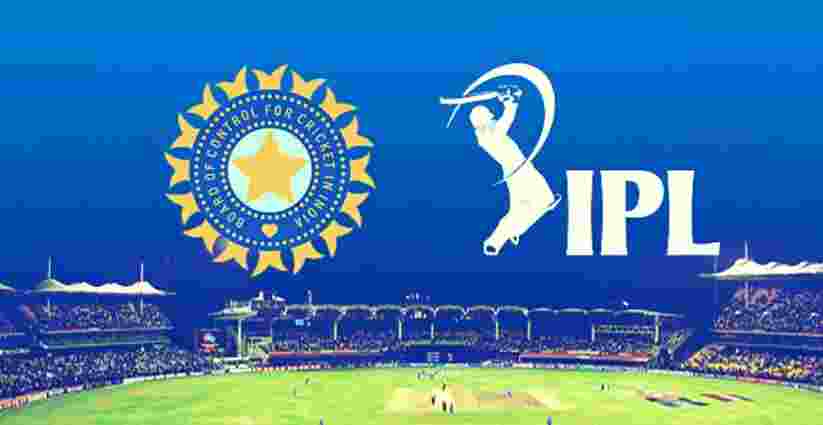
2. The BCCI Corporate Trophy is an Indian cricket competition. It was established in 2009 by the Board of Control for Cricket in India (BCCI) as a 12-team inter-corporate tournament beginning at the start of the Indian cricket season before the start of the Ranji Trophy competition. The tournament is a 50-over a side tournament involving corporate teams. All the top Indian cricketers are expected to play along with academy cricket players and those who play regular domestic cricket in India.
3. The Z. R. Irani Cup (earlier called Irani Trophy) tournament was conceived during the 1959–60 season to mark the completion of 25 years of the Ranji Trophy championship and was named after the late Z. R. Irani, who was associated with the Board of Control for Cricket in India (BCCI) from its inception in 1928, till his death in 1970. The fixture is played annually between the incumbent Ranji Trophy winners and the Rest of India Teams. The first match played between the Ranji Trophy champions and the Rest of India was played in 1959–60 with the trophy being instituted in the name of Zal Irani, long-time treasurer of the Board of Control for Cricket in India and a keen patron of the game. For the first few years, it was played towards the end of the season. Realizing the importance of the fixture, the BCCI moved it to the beginning of the season, and from 1965–66 to 2012–13, it was traditionally heralded the start of the new domestic season. In 2013, it was moved to date immediately after the Ranji Trophy final, resulting in there being two Irani Cup matches in the 2012/13 season. The game has since remained at the end of the season and is played shortly after the Ranji Trophy final.
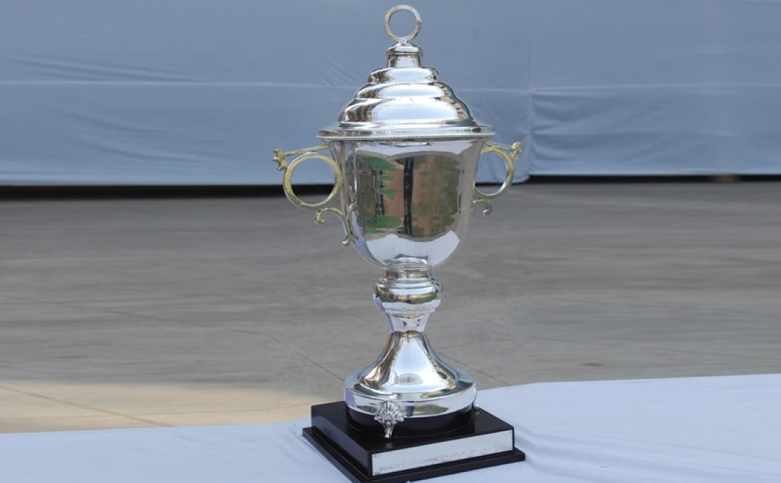
4. The Ranji Trophy is a domestic first-class cricket championship played in India between multiple teams representing regional and state cricket associations. The competition currently consists of 38 teams, with all 28 states in India and four of the eight union territories having at least one representation. The competition is named after the first Indian cricketer who played international cricket, Ranjitsinhji, who was also known as ‘Ranji’. The competition was launched following a meeting in July 1934,[1] with the first fixtures taking place in 1934–35. The trophy was donated by Bhupinder Singh, the Maharaja of Patiala. The first match of the competition was held on 4 November 1934 between Madras and Mysore at the Chepauk ground in Madras. Mumbai (Bombay) has won the tournament the most times with 41 wins including 15 back-to-back wins from 1958–59 to 1972–73.

5. The Duleep Trophy is a domestic first-class cricket competition played in India. Named after Kumar Shri Duleepsinhji of Nawanagar (also known as ‘Duleep’), the competition was originally contested by teams representing the geographical zones of India. Since 2016–17 it has been played by teams chosen by BCCI selectors. India Red are the current champions. The competition was started by the Board of Control for Cricket in India in the 1961–62 season. The inaugural tournament was won by West Zone who defeated South Zone in the final by 10 wickets. In the 1962–63 season, four of the five teams (all except Central Zone) had their bowling attacks strengthened by a West Indies Test cricketer. North Zone and West Zone have been the most successful teams with 18 wins each, although North’s total includes one shared trophy and West’s three.
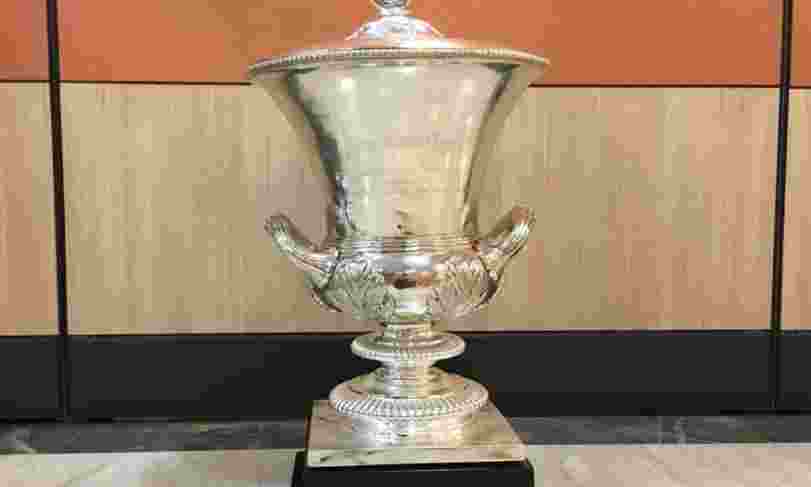
6. The Vijay Hazare Trophy, (officially known as PaytmVijay Hazare trophy for sponsorship reasons) also known as the Ranji One-Day Trophy, was started in 2002-03 as a limited-overs cricket domestic competition involving state teams from the Ranji Trophy plates. It is named after the legendary Indian cricketer Vijay Hazare. Tamil Nadu is the most successful team having won the trophy 5 times. Himachal Pradesh is the current champion (2021-2022) who won their 1st title beating Tamil Nadu in the finals. In January 2021, the Board of Control for Cricket in India (BCCI) announced that the tournament would take place after the 2020–21 Ranji Trophy was canceled due to the COVID-19 pandemic.
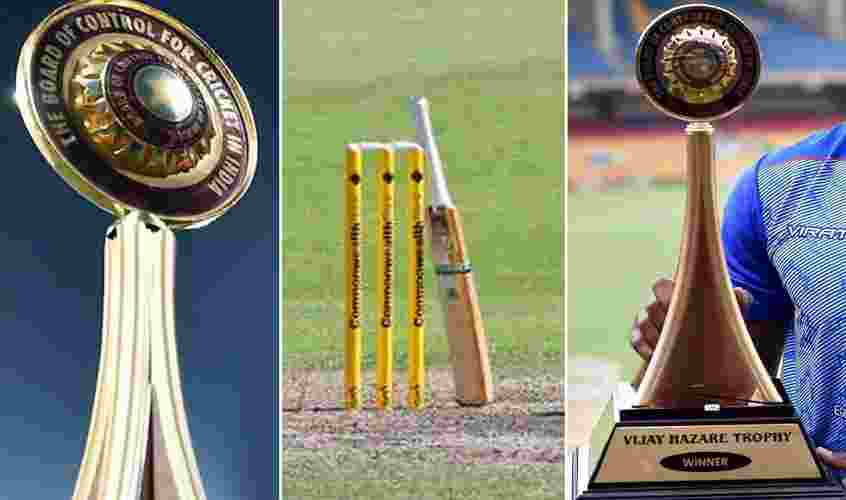
7. The Deodhar Trophy also spelled Devdhar Trophy, is a List A cricket tournament competition in Indian domestic cricket. It is named after D. B. Deodhar (known as the Grand Old Man of Indian cricket) and is a 50-over knockout competition played on an annual basis among the 3 national-level teams – India A, India B, and India C. India B are the current champions, winning 2019-20 after defeating India C by 51 runs in the final. The competition was introduced in the 1973-74 season as an inter-zonal tournament. From 1973–74 to 2014–15, two zonal teams played in a quarter-final, with the winner joining the other three zonal teams in the semi-finals. From there, it was a simple knockout tournament. From 2015–16 to 2017-18, the winners of the Vijay Hazare Trophy, India A and India B play each other in a round-robin format. The top two teams progress to the finals. From 2018–19, India A, India B, and India C play each other in a round-robin format. The top two teams progress to the finals.
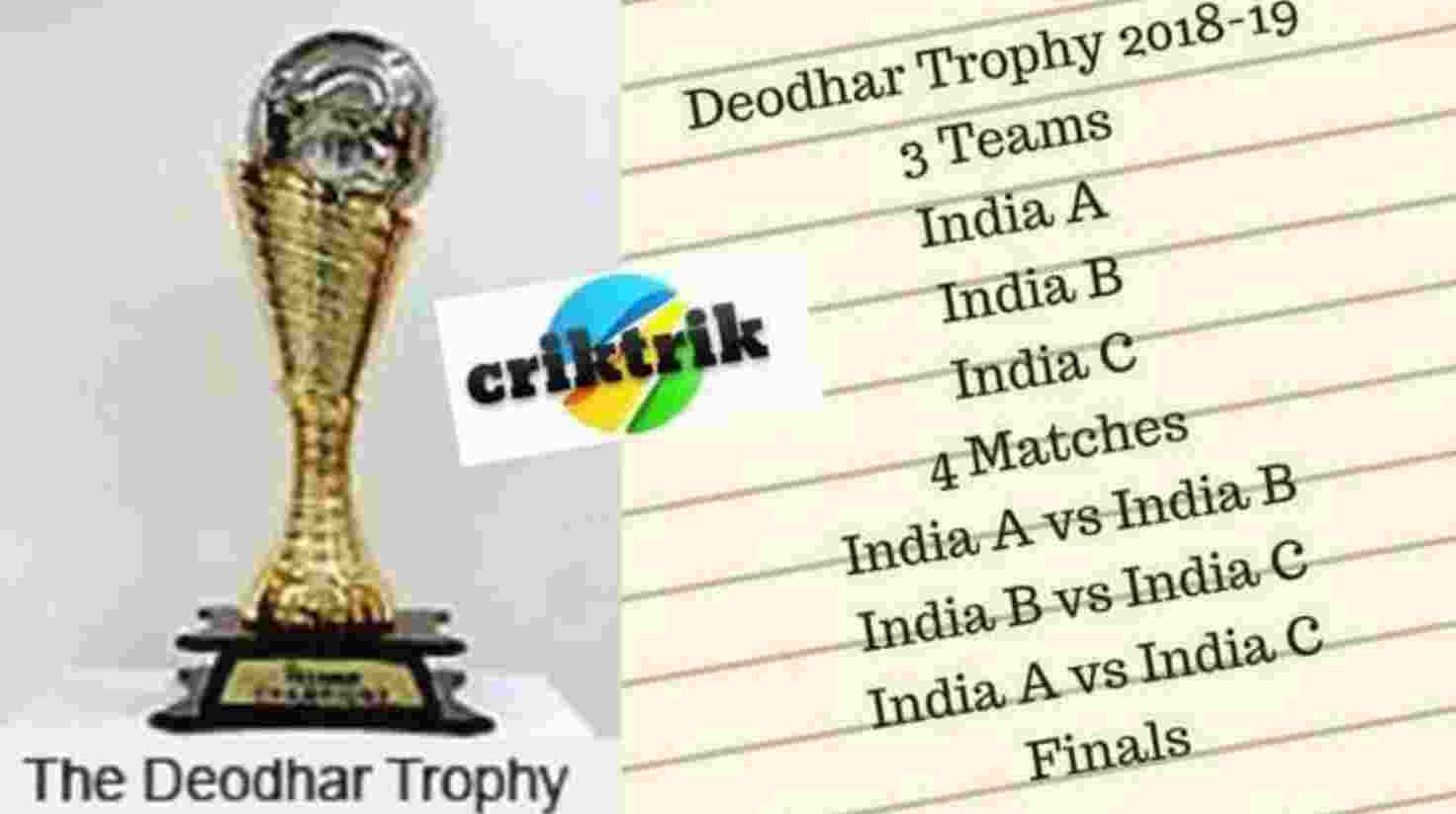
8. The Syed Mushtaq Ali Trophy is a domestic Twenty20 cricket championship in India, organized by the Board of Control for Cricket in India (BCCI), among the teams from the Ranji Trophy. It is named after the famous Indian test cricketer, Syed Mushtaq Ali. The 2006-2007 inaugural season of this trophy was won by Tamil Nadu under the captaincy of Dinesh Karthik. Rohit Sharma scored the first T20 century by an Indian, which is in the first edition of the SMAT trophy. In June 2016, the BCCI announced that the championship would be scrapped and replaced with a zonal-based competition. The very next season, the BCCI reverted to include all the domestic teams.
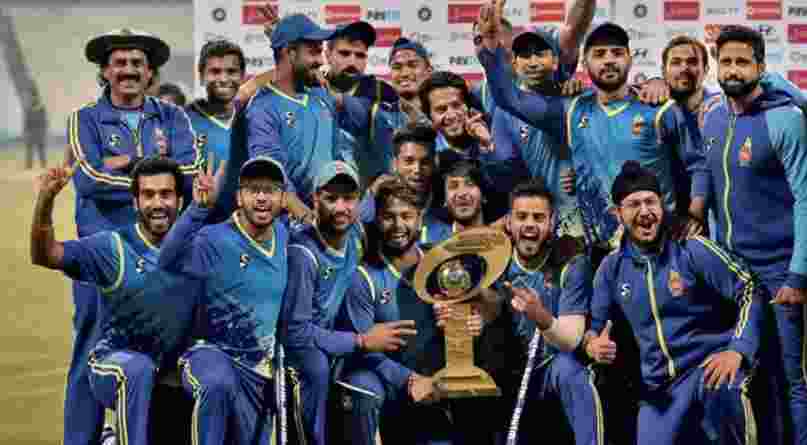
Some Top-notch Indian Cricketers
- Here are some of the legends in the world of cricket who not only were the best in their respective careers but in the history of cricket till date.

1. Bishan Singh Bedi is a former Indian cricketer who was primarily a slow left-arm orthodox bowler. He played test cricket for India from 1966 to 1979 and formed part of the famous Indian spin quartet. He played a total of 67 Tests and took 266 wickets. He also captained the national side in 22 Test matches. Bedi wore a colorful patka and has voiced outspoken and forthright views on cricketing matters. He was awarded the Padma Shri award in 1970. Bedi was a star of the time. Bedi is second all-time in maidens bowled per Test, although not a massive spinner of the ball, the elegant altering of his flight kept batsmen off balance.

2. Kapil Dev is an Indian former cricketer. He was a fast-medium bowler and a hard-hitting middle-order batsman. He led India to win its first Cricket World Cup title in 1983. He was named by Wisden as the Indian Cricketer of the Century in 2002. He played over 130 Tests for India and for periods during his long career. Dev owns a healthy list of records, including being the only player to score 4,000 Test runs and take 400 Test wickets. Alongside Ian Botham, Ben Stokes, Richard Hadlee, and Jacques Kallis, Dev is firmly in the conversation as the second-best Test all-rounder ever (behind Garfield Sobers). A great captain, a talented batsman, and a skillful bowler, Dev just pips Gavaskar and Tendulkar to the top spot.
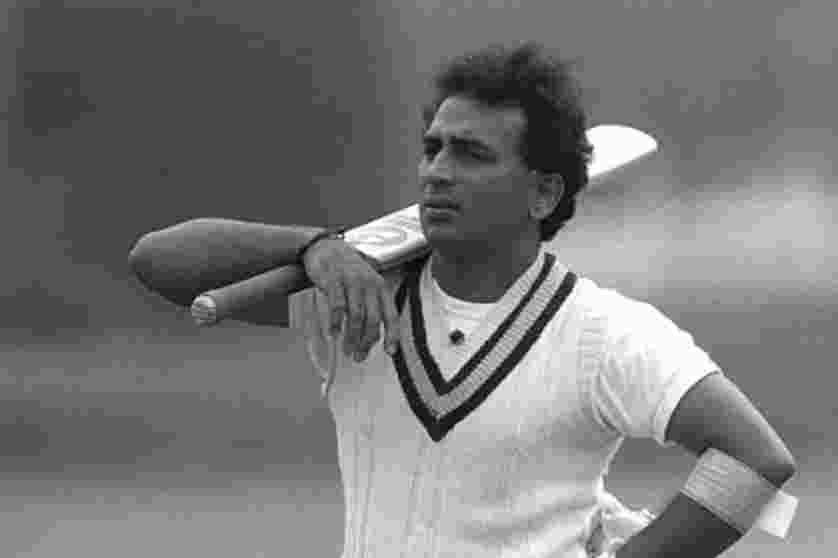
3. Sunil Gavaskar is an Indian cricket commentator and former cricketer representing India and Bombay from 1971 to 1987. Gavaskar is acknowledged as one of the greatest opening batsmen of all time. Not only a prolific run-getter and arguably the best opener ever, but Sunil Gavaskar was also a standard-setter for Indian cricketers, taking the team to new levels of professionalism and introducing a work ethic previously unseen. Gavaskar led from the front in more ways than one. He was an elegant shot maker when required and possessed an immense defensive technique, which when paired with his steely mindset, made him an incredibly difficult man to dismiss.
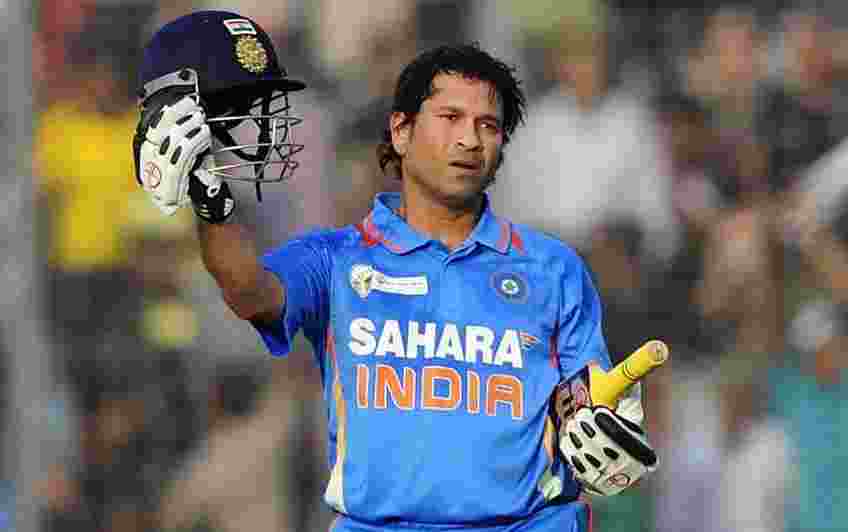
4. Sachin Tendulkar is an Indian former international cricketer who captained the Indian national team. He is regarded as one of the greatest batsmen in the history of cricket. He is the highest run-scorer of all time in international cricket, and the only player to have scored one hundred international centuries, the first batsman to score a double century in a One Day International (ODI), the holder of the record for the most runs in both Test and ODI cricket, and as of 2021 the only player to score more than 30,000 runs in international cricket. He was the only Indian cricketer included in an all-time Test World XI compiled in 2013 to mark the 150th anniversary of Wisden Cricketers’ Almanack. He is affectionately known as “Little Master” or “Master Blaster”.

5. Anil Kumble is a former Indian cricket coach and commentator who played Test and One Day International cricket for his national team over an international career of 18 years. Widely regarded as one of the best leg-spin bowlers in Test cricket history, he took 619 wickets in Test cricket and is the fourth-highest wicket-taker of all time as of 2021. The grit, the determination, the clever variations, made Kumble build a career far beyond his natural talent. The lanky leg-break bowler was not a big spinner of the ball, but he varied his pace well, bowling the majority of his delivers faster than normal leggies. Lateral movement was never vast, yet it did enough to get batsmen in a muddle. There have been more gifted Indian spinners than Kumble, but none can match his application.
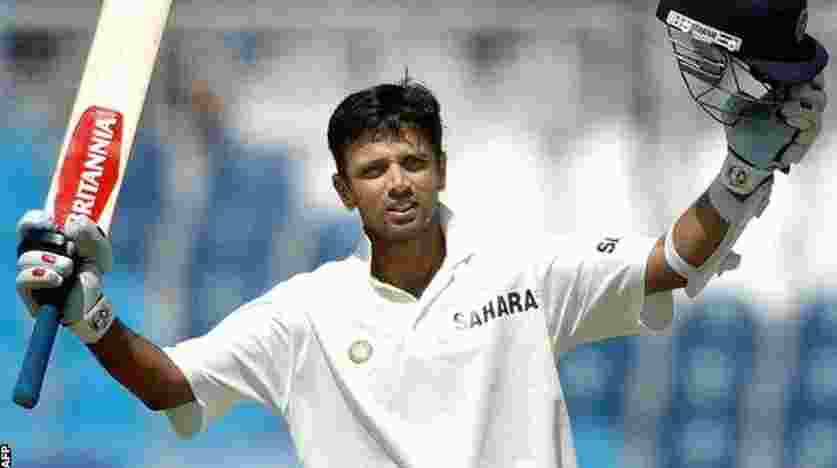
6. Rahul Dravid is a former Indian cricketer and captain of the Indian national team, currently serving as its head coach. Prior to his appointment to the senior men’s national team, Dravid was the Head of Cricket at the National Cricket Academy (NCA), and the head coach of the India Under-19 and India A teams. Under his tutelage, the under-19 team finished runners-up at the 2016 U-19 Cricket World Cup and won the 2018 U-19 Cricket World Cup. Known for his sound batting technique, Dravid scored 24,177 runs in international cricket and is widely regarded as one of the greatest batsmen in the history of cricket. He is colloquially known as Mr. Dependable and often referred to as The Wall.

7. Mahendra Singh Dhoni is an Indian professional cricketer who was captain of the Indian national cricket team in limited-overs formats from 2007 to 2017 and in Test cricket from 2008 to 2014. He is a right-handed wicket-keeper batsman. He led the team to three ICC titles (2007 ICC World Twenty20, 2011 ICC Cricket World Cup, and 2013 ICC Champions Trophy).A World Cup winner, and one of the greatest wicket-keeper batsmen in the history of the sport, MS Dhoni is an icon of the modern game, a true three-format phenomenon. Dhoni is best known as a white-ball sensation, and rightly so with an ODI average above 50 and countless heroic run chases, but he was every bit an elite Test player, too. Three times he was named to the ICC Test XI, and a career average of 38 is impressive. The wicketkeeping skill shouldn’t be overlooked either. Dhoni could whip the bails off quicker than most could even think about it. The man who brought us the helicopter shot was a lock for this top 10.
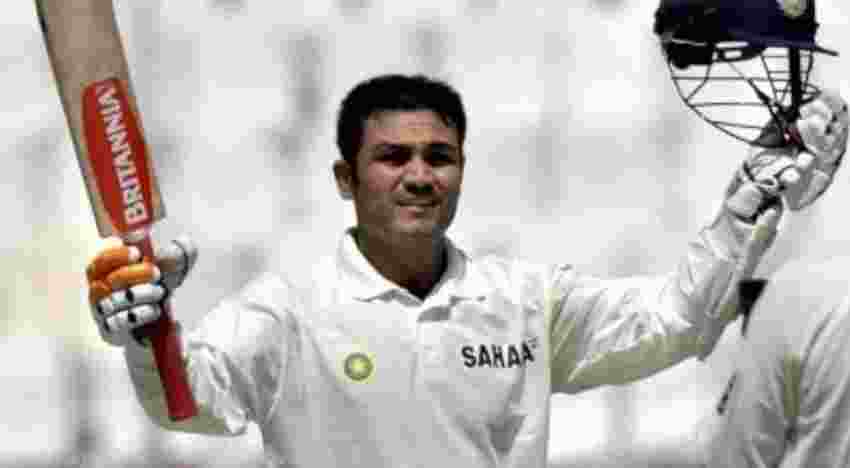
8. Virender Sehwag is a former Indian cricketer. He represented India from 1999 to 2013. He played for Delhi and Haryana in Indian domestic cricket. Played as an aggressive opening batsman throughout his playing days. Widely regarded as one of the most destructive batsmen of all time. Sehwag played as an aggressive right-handed opening batsman and also bowled part-time right-arm off-spin. Virender Sehwag wasn’t a textbook opener. His technique didn’t come from the coaching manual, but he was as entertaining as any Test batsman ever, and arguably the most destructive opener the sport has witnessed. Sehwag scored a triple century at over a run-a-ball. He scored double hundreds at a similar rate. Bowling attacks were decimated within an hour of Sehwag’s crash-bang-wallop – his relentless boundary hitting was thrilling and effective.
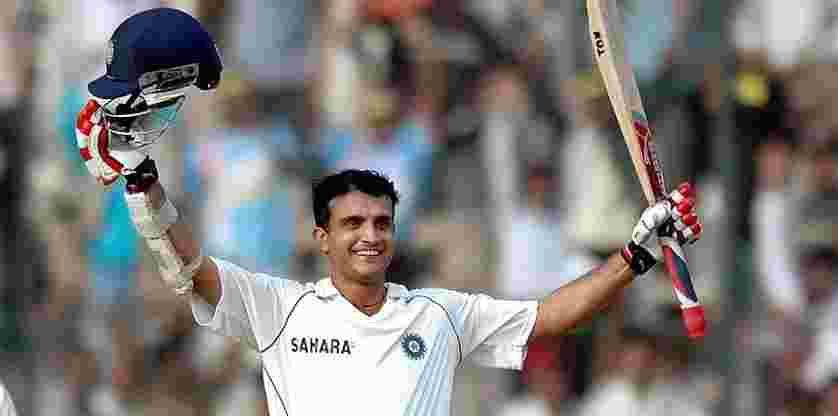
9. Sourav Ganguly, affectionately known as Dada, is an Indian cricket administrator, commentator and former national cricket team captain who is the 39th and current president of the Board of Control for Cricket in India (BCCI). He is popularly honored as Maharaja of Indian Cricket. During his playing career, Ganguly established himself as one of the world’s leading batsmen and also one of the most successful captains of the Indian national cricket team. While batting, he was especially prolific through the off side, earning himself the nickname God of the Off Side for his elegant stroke play square of the wicket and through the covers. As a cricketer, he played as a left-handed opening batsman and was captain of the Indian national team. He was elected as president of the BCCI in 2019. and President of the editorial board with Wisden India. Before being elected as the President of BCCI, he was the President of the Cricket Association of Bengal, governing body for cricket in West Bengal, India.
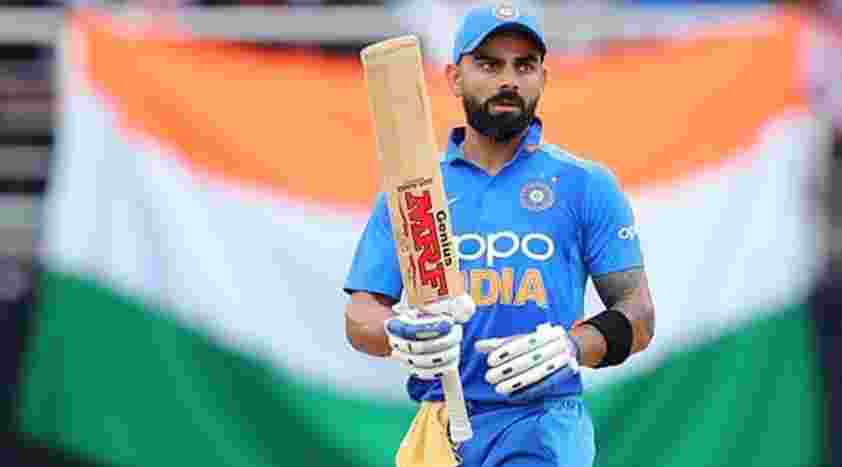
10. Virat Kohli is an Indian international cricketer and former captain of the India national cricket team. He plays for Delhi in domestic cricket and Royal Challengers Bangalore in the Indian Premier League as a right-handed batsman. He has often been considered one of the best batsmen of his era and some critics believe him to be one of the best limited-overs batsmen in history. Between 2013 and 2022, he captained the India cricket team in more than200 match across all three formats. With 40 wins out of 68 test matches, Kohli is the most successful test captain in Indian cricket history. Kohli is still at his peak, but he’s already cemented himself among the greatest Indian cricketers. Some would suggest fourth is generous, though Kohli’s impact as a batsman and a captain has been huge. India is the strongest they have ever been. Already historically brilliant across all three formats, Kohli could finish his career as the best batsman of the 21st century.
Authorized Grounds Of BCCI
1. A. Chidambaram Stadium Chennai, India: The stadium is located at Chepauk, Chennai, a few hundred meters from the seashore. Formerly known as Madras Cricket Club Ground or Chepauk Stadium, the stadium was renamed M.A. Chidambaram stadium after the former president of the BCCI and Tamil Nadu Cricket Association. It was established in the year 1916 making it the oldest Cricket Stadium in India which is in continuous use. It has the reputation of hosting the first-ever Ranji Trophy match and witnessing Virender Sehwag’s 319 against South Africa which is the biggest Test score on the ground. The stadium played host to the second tied-Test in the history of Test cricket. It is noted for its distinct pitch characteristics with that extra zip and bounces off the wicket.
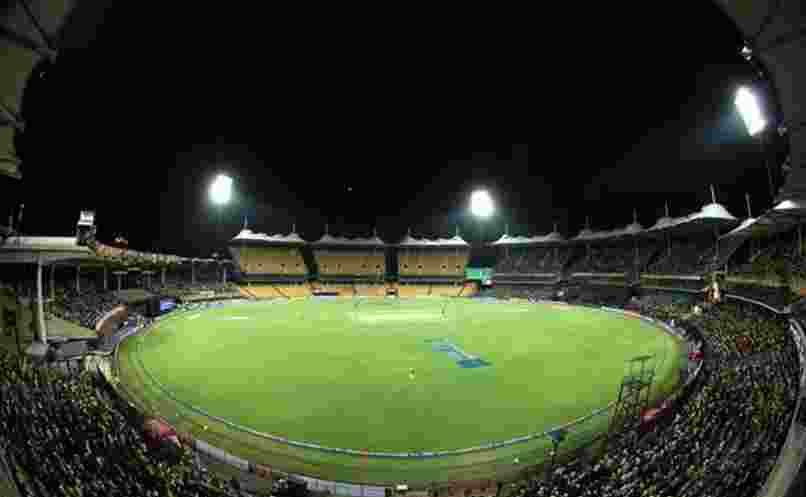
2. Eden Gardens Kolkata, India: The Eden Gardens is the Largest cricket Stadium in India and the third-largest in the world in terms of seating capacity. It is widely acknowledged to be one staging the most passionate and vocal crowd and has almost become like a place of pilgrimage for most international cricketers. It played host to the iconic India-Australia Test Series in 2001 wherein VVS Laxman scored a glorious 281 which remains the highest score at the ground. The pitch at Eden Gardens has traditionally been on the slower side and good for batting, assisting spin bowlers very early.
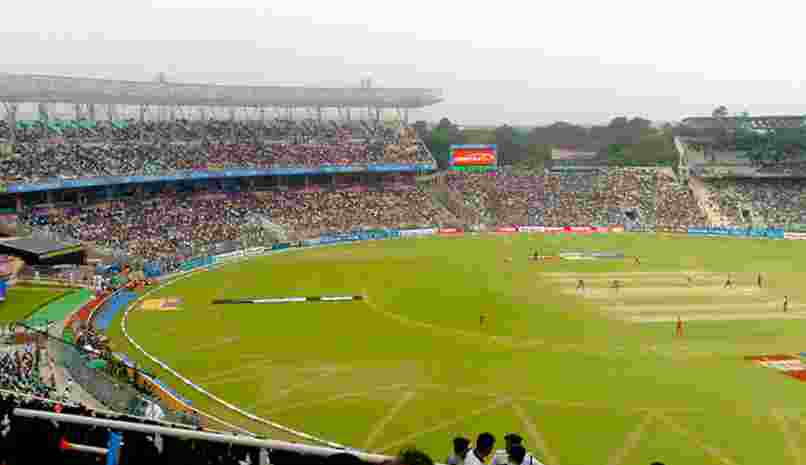
3. HPCA Stadium Dharamsala, India: This has got to be the most breath-taking stadium in the world to play cricket. The Himachal Pradesh Cricket Association (HPCA) Stadium in Dharamshala, with a capacity of 23,000, is as picturesque as the Adelaide Oval and Newlands, if not more. A small and glittering green plate, the ground has a snow-capped background in the form of the Dhauladharhill range. The mountains add to the serenity of the venue, which lies at an altitude of 1317 meters above sea level. Another impressive feature is its openness and small-sized stands, which allow for winds to sweep across, giving fast bowlers assistance in the air.
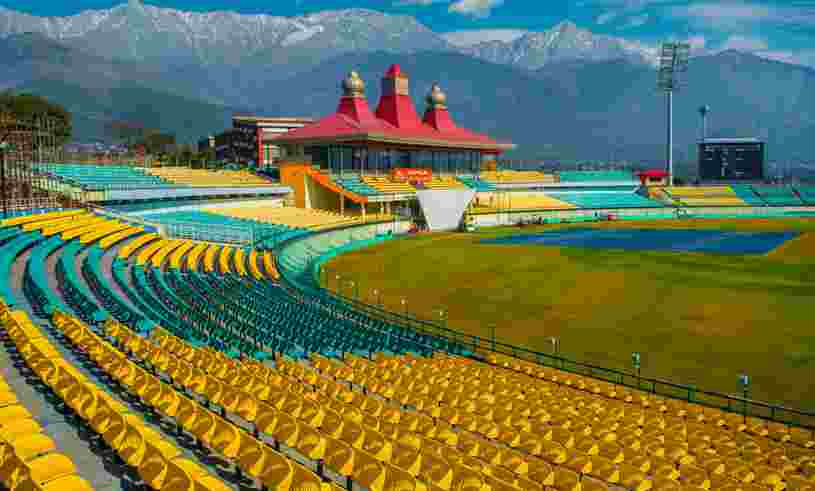
4. Chinnaswamy Stadium Bengaluru, India: The M. Chinnaswamy Stadium is one of the premier cricket stadiums of India. It is located in the heart of the city of Bangalore, Karnataka. It can accommodate approximately 40000 spectators during a match. The Chinnaswamy Stadium has also housed India’s National Cricket Academy since 2000. After the BCCI chose Bangalore as the center for the National Cricket Academy in 2000, many budding cricketers have passed out of the Academy housed on this ground. The pitch at the venue is said to be bouncy and pacy, which is very unprecedented when you take into consideration that pitches in India generally assist spinners.
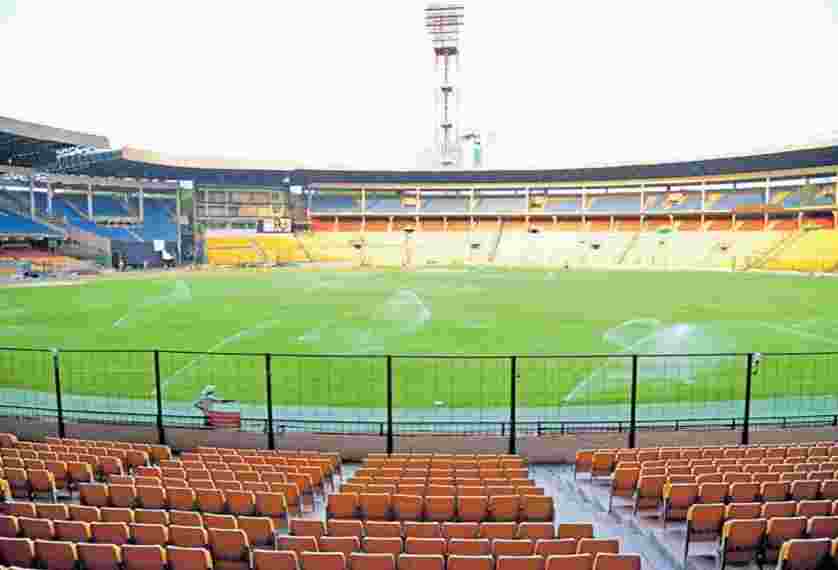
5. ACA-VDCA Stadium Visakhapatnam, India: ACA-VDCA Cricket Stadium formerly Andra Cricket Association-VishakapatnamDistrict Cricket Association Cricket Stadium is a multi-purpose stadium in Visakhapatnam, India. The picturesque ACA-VDCA ground, set on the outskirts of Visakhapatnam amidst scenic hills, has hosted 5 ODI and a T201 so far apart from hosting matches. The ground has one of the best batting tracks in the world and is known for its lush green outfield. It also holds the reputation of being one of the well-maintained stadiums in the country.
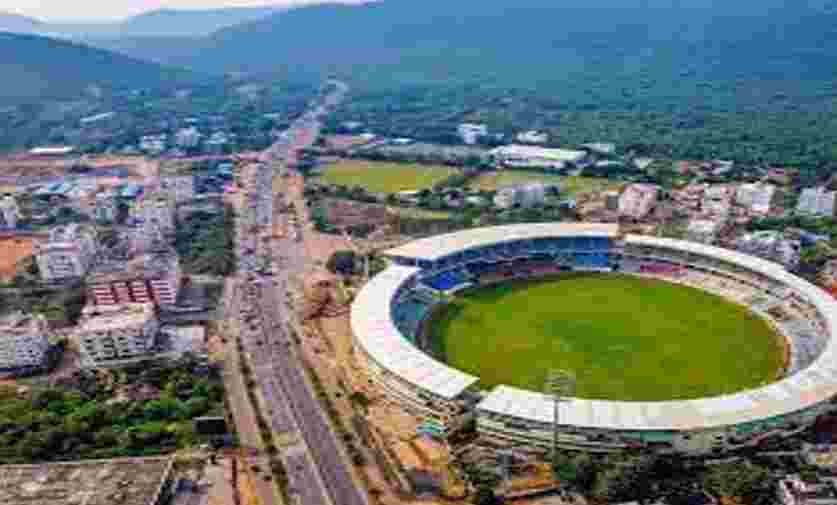
6. Arun Jaitley Stadium Delhi, India: The Arun Jaitley Stadium, formerly Feroz Shah Kotla stadium, is one of the oldest and most well-known cricket grounds in India. The stadium was established as a cricket ground in 1883. The stadium has undergone some heavy reconstruction and is equipped with the latest amenities for successfully organizing international cricket matches. The Kola is famous for AnilKumble’s feat of taking 10 wickets in a Test innings which he claimed against Pakistan. The stadium though has traditionally been a batsman’s paradise due to the nature of the pitches which for the most part have been docile.
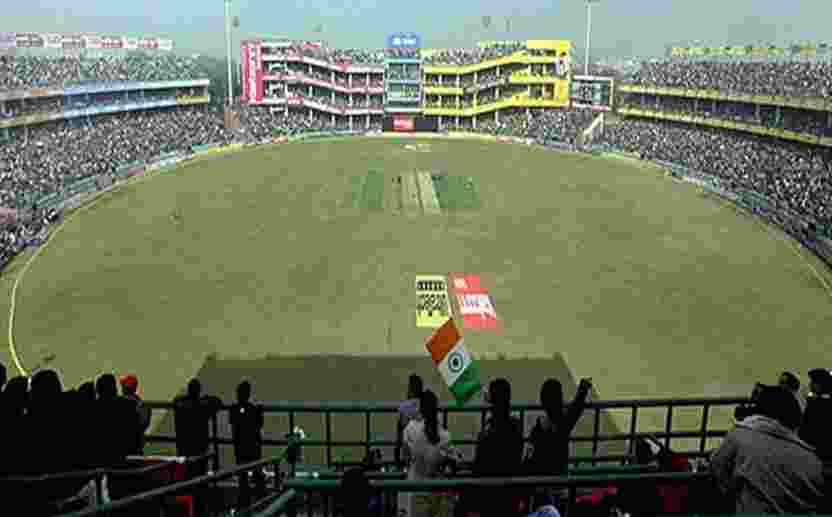
7. Jawaharlal Nehru Stadium Kochi, India: The Jawaharlal Nehru Stadium at Kochi is the home ground of the Kerala state Ranji team. It has a reputation of being a batsman’s paradise: in the first four games, there were three totals over 300, and five individual hundreds. Architecturally the stadium is distinctive, with giant convex floodlight pylons arching over the ground, overstands consisting of several tiers, making for a furnace-like effect when the ground is at all of its 60,000-strong capacity.
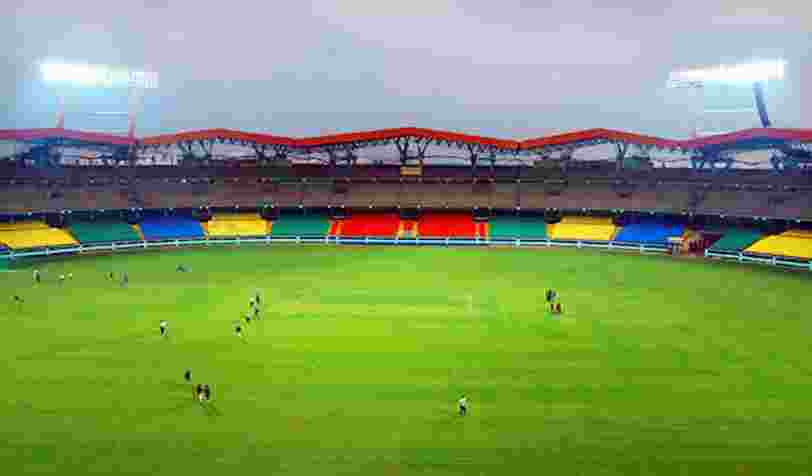
8. Barabati Stadium Cuttack, India: The Barabati Stadium is one of the older grounds in India, having hosted several touring sides – including the MCC, the West Indies team, and the Australians – before it hosted its first international match. It hosted only the third one-day international in this country, in January 1982, when India put it across England by five wickets to lift the series 2-1. It hosted its first-ever Test match five years later where India played hosts to Sri Lanka. Though it isn’t one of the regular Test venues anymore, it continues to enjoy the status of an international venue and hosts One-Day Internationals regularly. It also hosted the 2013 Women’s Cricket World Cup.
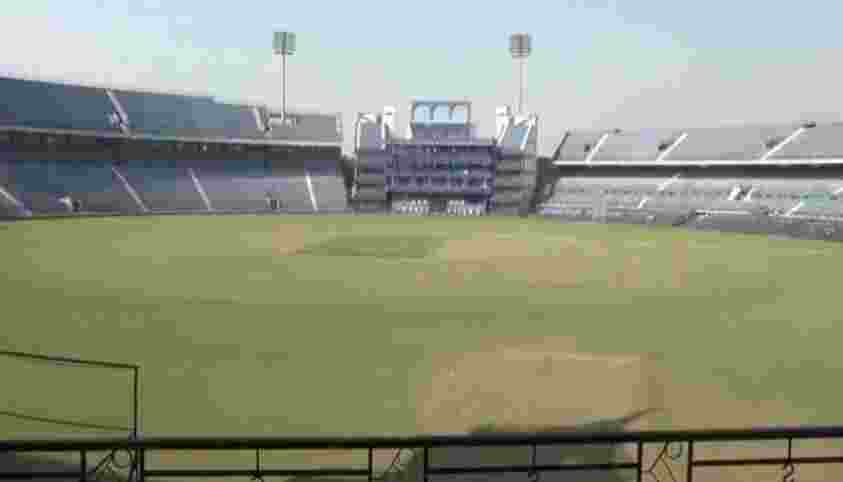
9. Rajiv Gandhi International Cricket Stadium Hyderabad, India: Rajiv Gandhi International Cricket Stadium is the principal cricket stadium in Hyderabad. It is located in Uppal and has a capacity of close to 55,000. Stretched over 16acres of land, the Rajiv Gandhi International Cricket Stadium did away with Hyderabad’sreputation of being a high-scoring venue. The stadium is known for its state-of-the-art facility and has over the years hosted a lot of international games along with the matches in the Indian Premier League.
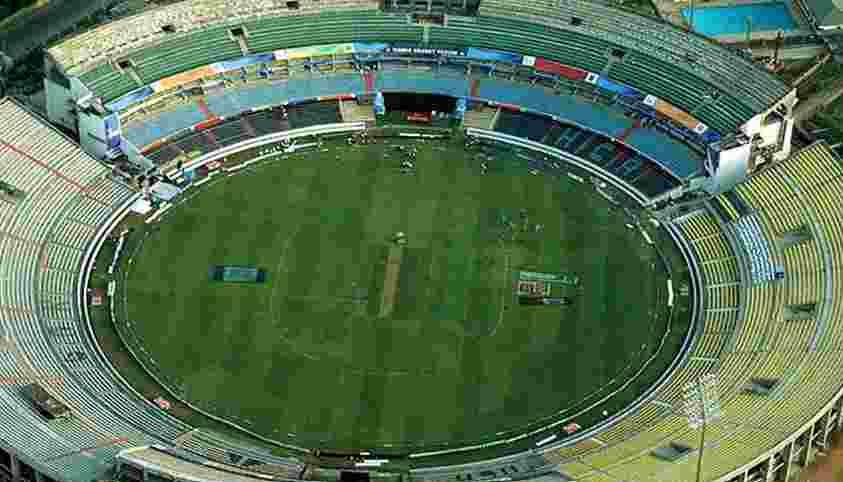
10. Narendra Modi Stadium Ahmedabad, India: Narendra Modi Stadium is one of the Premier cricket stadiums of India located in Matera, Ahmedabad. Built on the banks of the Sabarmati River in the outskirts of Ahmedabad, the stadium was established in 1982. It was renovated ahead of the Champions Trophy in 2006 when three new pitches and a new outfield were laid, and state-of-the-art floodlights and covered stands were added. The venue hosted its first test in November 1983 and has been witness to some memorable Indian feats. Sunil Gavaskar got to his 10,000 Test runs here, against Pakistan in 1986-87, and seven years later, Kapil Dev nailed his 432nd victim to go past Richard Hadlee as Test cricket leading wicket-taker. The pitch here used to aid bowlers; howeof, off-late, it has been known to host a lot of competitive matches which has showcased an almost even contest between bat and ball.
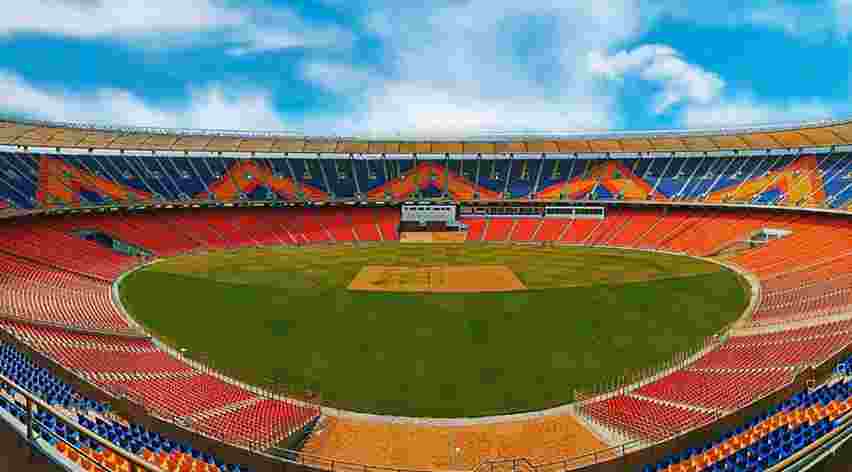
11. Wankhede Stadium, Mumbai, India: The Wankhede Stadium is an international cricket stadium in Mumbai, India. The stadium now has a capacity of 33,108, following renovations for the 2011 Cricket WorldCup. Before the upgrade, the capacity was approximately 45,000. The stadium has been host to numerous high-profile cricket matches in the past, most notably the 2011 Cricket World Cup Final, in which India defeated Sri Lanka and became the first country to win the cricket world cup on home soil. The stadium played host to the last match of Sachin Tendulkar’s international career. Additionally, it hosted many matches during the 1996 and 2011 Cricket World Cups. The stadium also played host to the match in which Ravi Shastri hit six sixes in an over.

Income And Revenue By BCCI
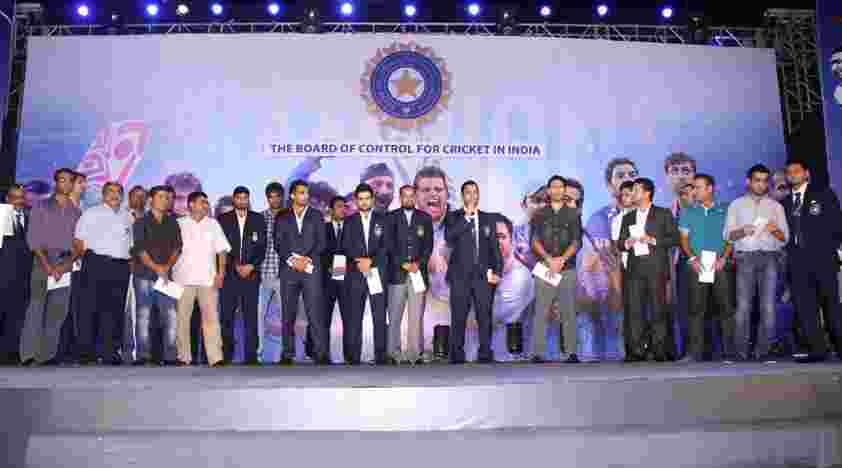
BCCI stands autonomous and Independent that does not get funds from the Government of India, Ministry, etc. Though it stands independent, it is the richest cricket council when compared to other cricket councils. This is because of the widespread cricket culture in India. It secures its revenue from various sources of income through series sponsors, media broadcasting rights, media rights of the Indian Premier League, national team sponsors, etc. It earns profit from the income through all these business partners.
In 2012, BCCI established its production unit. BCCI’s broadcast service does the production work of the Indian cricket team’s international matches at home as well as of leading domestic championships and IPL. Till 2012, the company that holds the media rights used to do the production work in exchange for money from BCCI. Previously Nimbus sports did production for the board for some years. BCCI’s Production Households the production rights of Indian cricket.
In 2020, with US$405 million out of US$1,534 million, India a had 26% share in the ICC FTP income disbursed to 10 Test-playing nations, while the England and Wales Cricket Board received US$139 million as the second-highest earner. To revive the financial health of other boards after the global economic decline and the significantly reduced income of most boards due to the COVID-19 pandemic, ICC will rejig its FTP to schedule more bilateral matches of other nations with India.
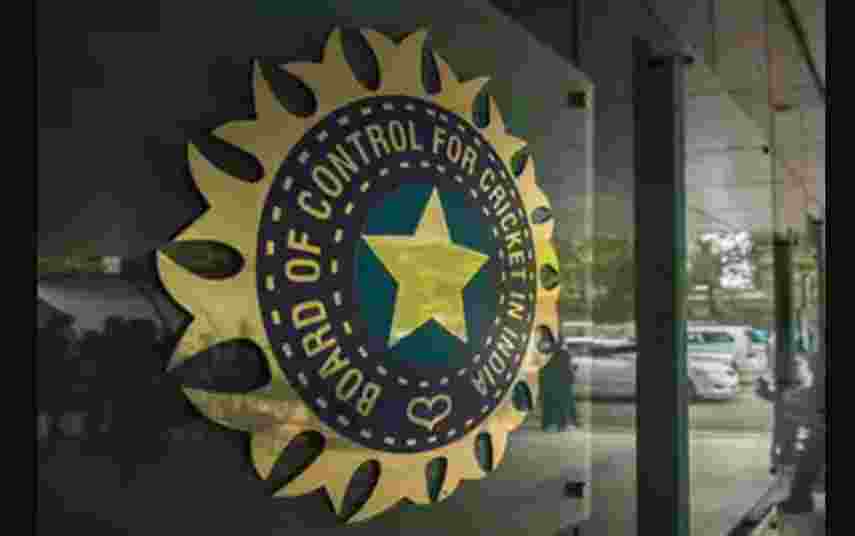
As per the present eight-year Future Tours Program (FTP), India receives a total of US$405 million from ICC, as contrasted with US$139 million to the England and Wales Cricket Board, while US$128 million for each of Cricket Australia, Cricket South Africa, Pakistan Cricket Board, New Zealand Cricket, Sri Lanka Cricket, Cricket West Indies and Bangladesh Cricket Board, and US$94 million for Zimbabwe.
Star India is the official broadcaster of BCCI, MPL is kit sponsor, Byju’s is team sponsor, Paytm is the title sponsor for all the bilateral series, which take place in India and for domestic championships such as Ranji Trophy, Vijay Hazare trophy, Sayyed Mushtaq Ali trophy, Irani trophy, Duleep trophy, and Deodhar trophy. Paytm won the title sponsorship rights in 326.80 crore rupees for 2019–23. Dream 11, Ambuja, and Hyundai are official partners.
Top 13 Interesting Facts About BCCI
Sourav Ganguly has been elected as the President of BCCI in October 2019.
The Board of Control for Cricket in India (BCCI) is the national governing body for cricket in India.
The Board of Control for Cricket in India was formed in December 1928 as a society, registered under the Tamil Nadu Societies Registration Act.
BCCI is India’s richest sporting body, and the richest cricket board in the world and is part of the ‘big three’ of international cricket along with Cricket Australia and England and Wales Cricket Board.
BCCI does not depend on the Government of India for its finances. Hence BCCI is not a government body.
BYJU is currently the official Indian cricket team sponsor for almost 3 years. The deal period will begin from 5 September 2019 until 31 March 2022.
Before Byju’s, the deal between the BCCI and Oppo inked in 2017 for five years, was reportedly worth ₹1079 crore but broken before schedule. Oppo was paying BCCI Rs 4.61 crore per bilateral match and Rs 1.56 crore for an ICC event game.
BCCI has its constitution which has specified the rules and regulations for players and administrators for its smooth functioning.
Board of Control for Cricket in India (BCCI) will still receive ($293 million), the largest share in the new revenue model put in place by the International Cricket Council (ICC) that will be effective from 2016 to 2023. England Cricket Board (ECB) will receive $143m, Zimbabwe Cricket Board $94m, and the remaining seven Full Members $132m each.
BCCI has international affiliation from ICC while it has regional affiliation from the Asian Cricket Council as well.
The president of the Board of Control for Cricket in India is the highest post at the Board of Control for Cricket in India (BCCI), which runs Cricket in India.
BCCI’s First President was R.E. Grant Govan, and the First Secretary General Secretary was Anthony de Mello.
BCCI has three International Cricket teams that represent India in international cricket that is India men’s national cricket team and India women’s national cricket team, and India national under-19 cricket team. The board organizes matches and does the scheduling for both teams.



